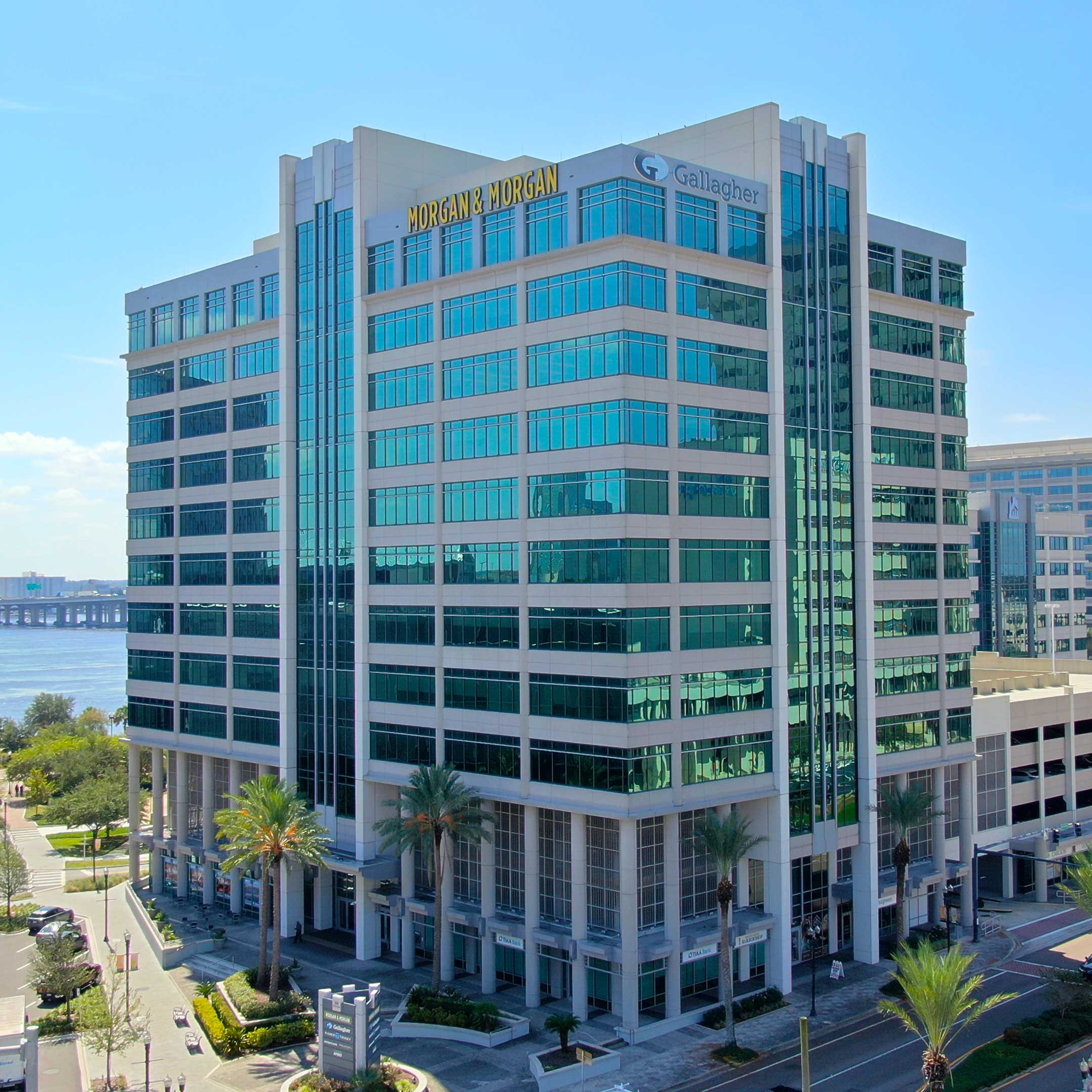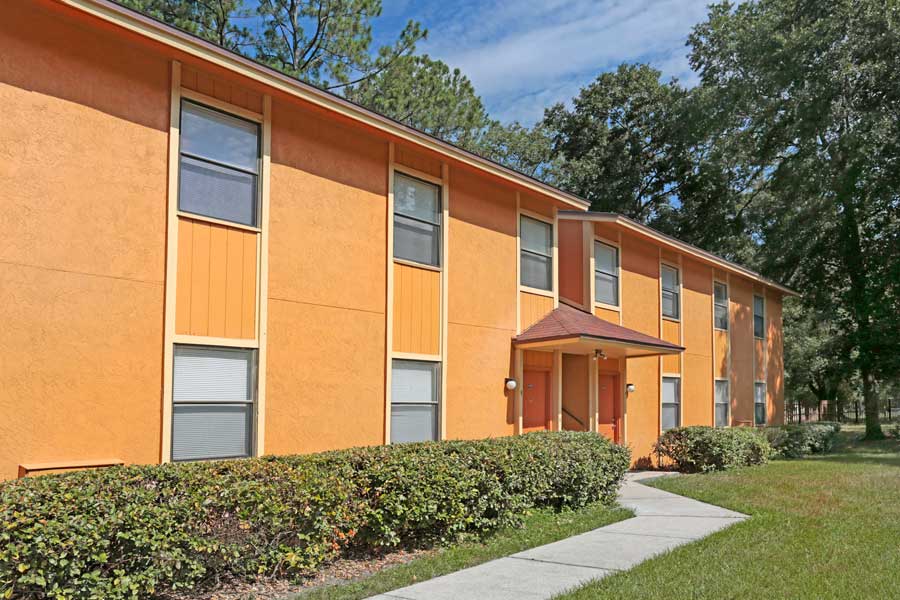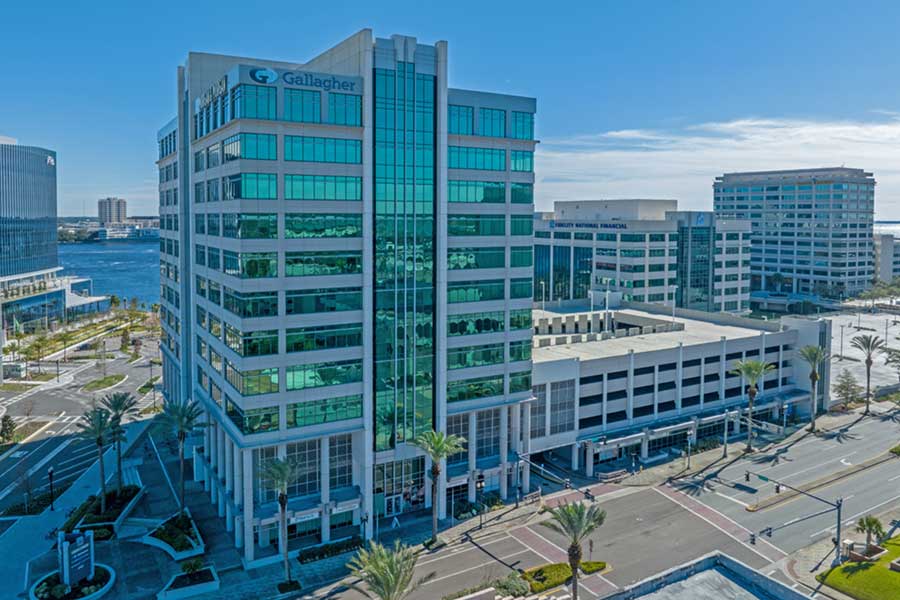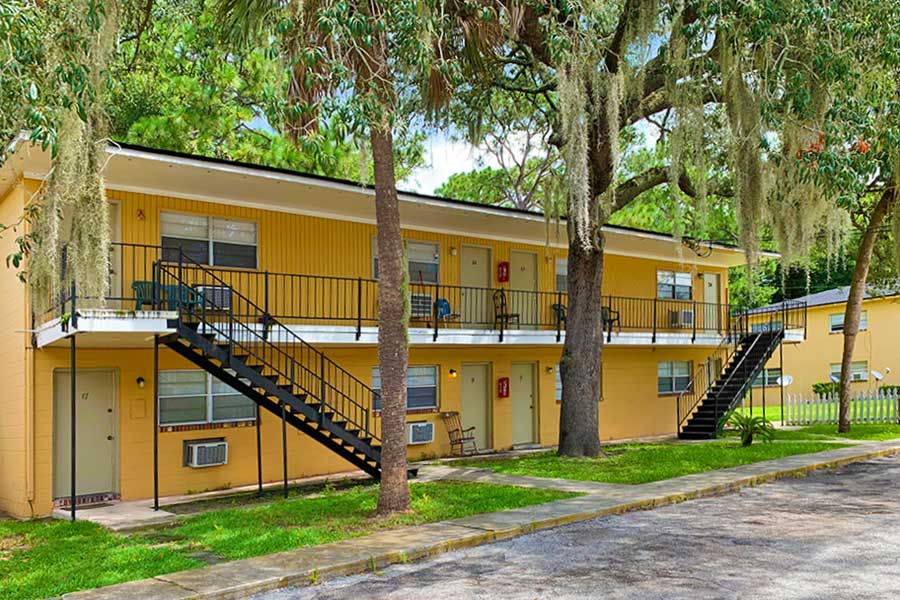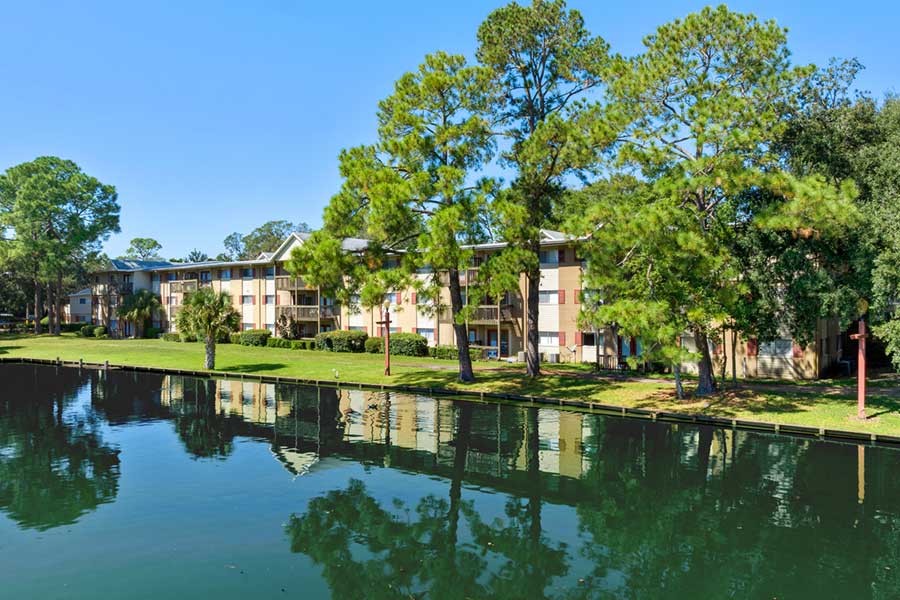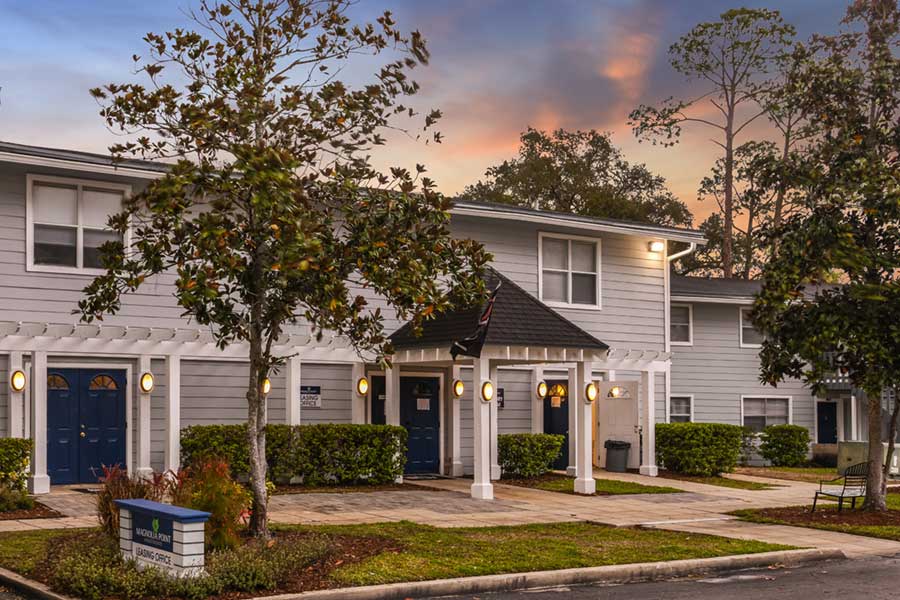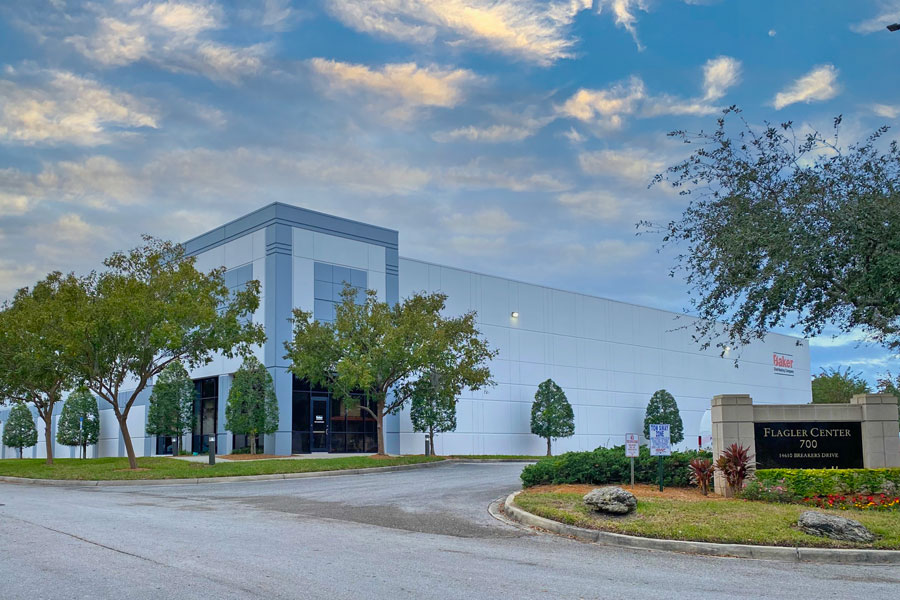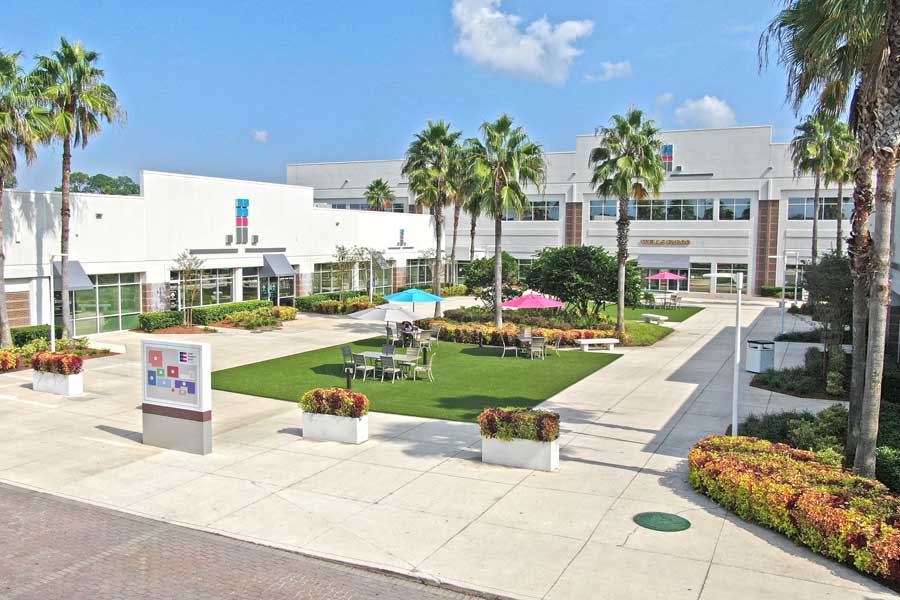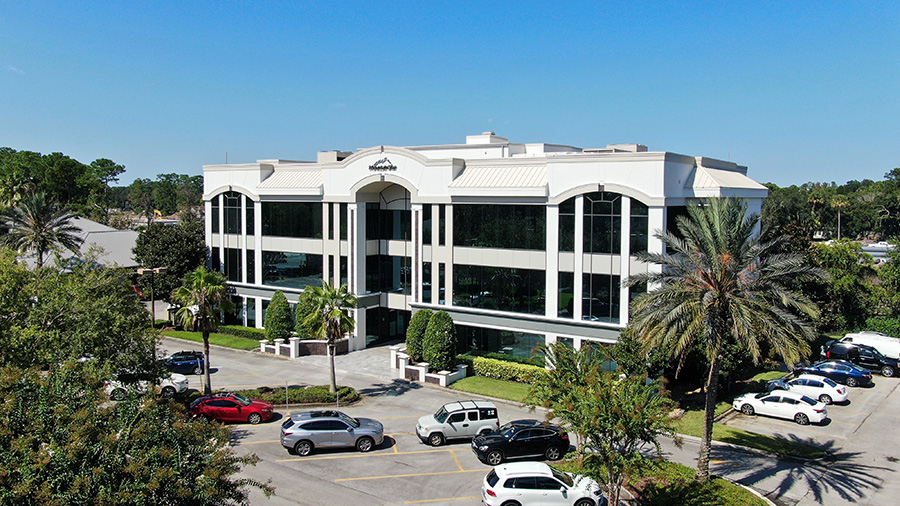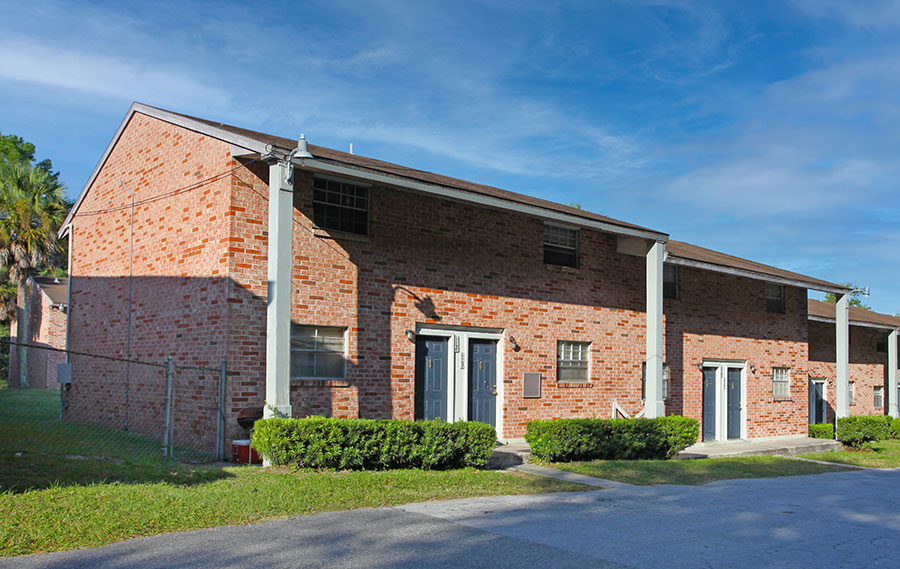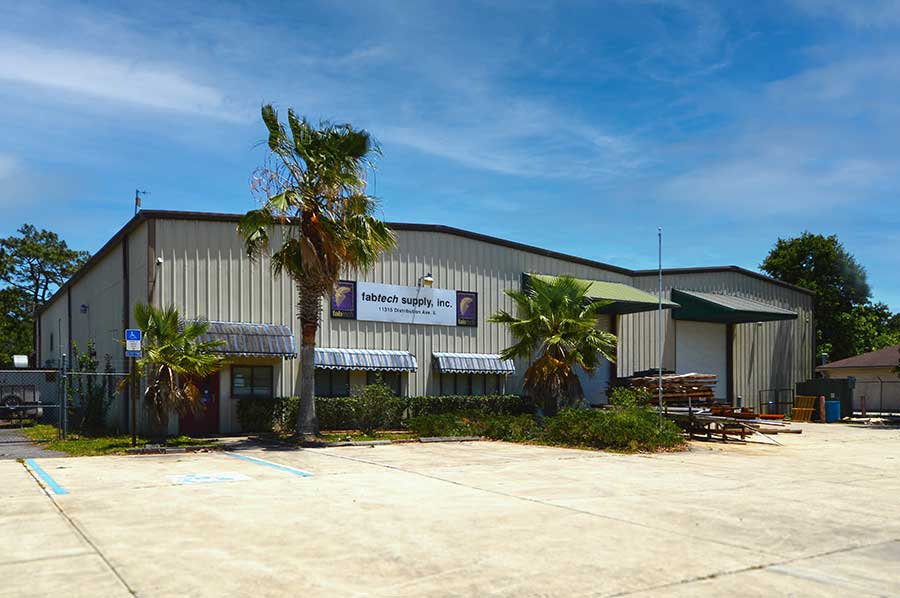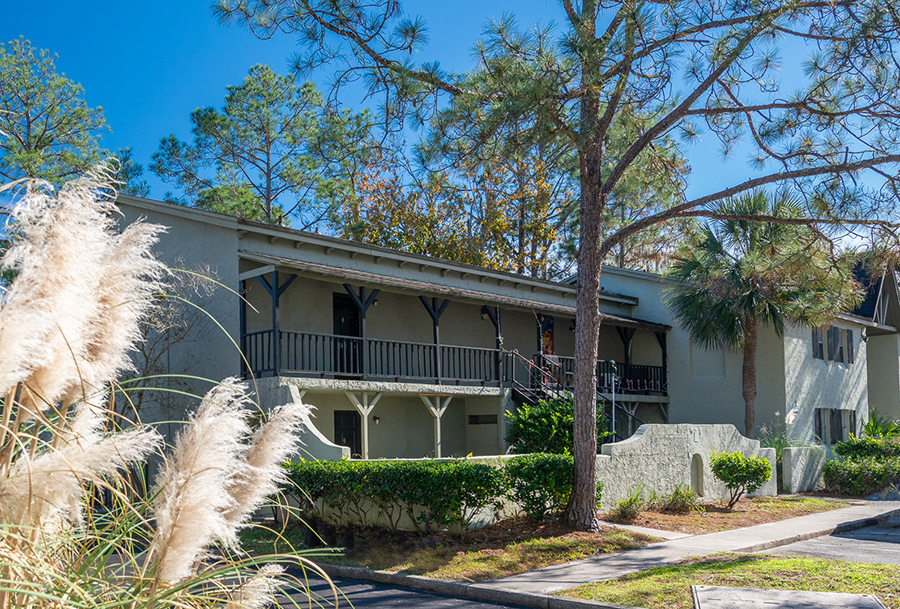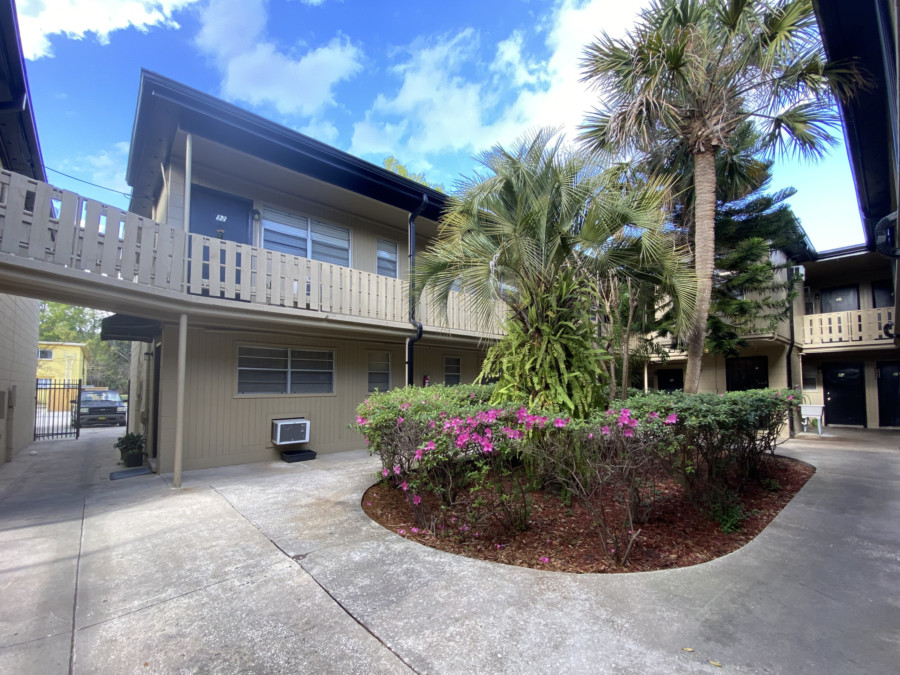On Tuesday, June 18th Florida Governor Ron Desantis signed a bill – HB 453 – legalizing electric scooters in Florida. This bill went into effect immediately, giving local jurisdictions the responsibility of further regulation.
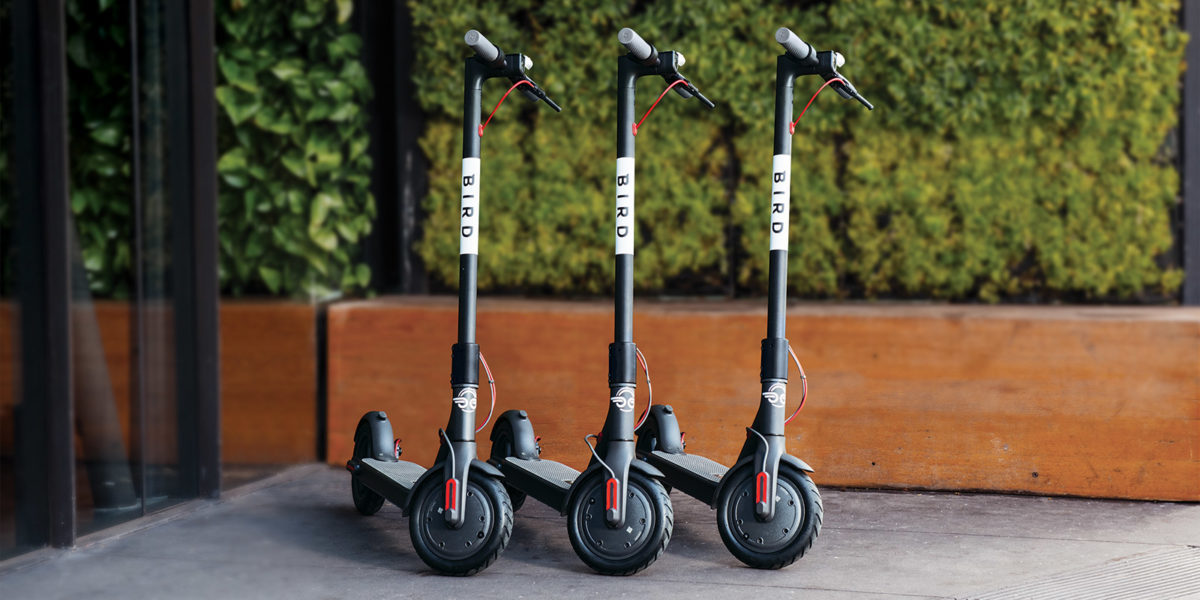
Bird Scooters | Image by Bird
As many people have witnessed in the past year and a half, companies such as Lime, Bird, and Uber have taken cities by storm with dockless electric scooters. Beginning in September 2017, Bird planted a swarm of scooters throughout the city of Santa Monica in the middle of the night, with no warning and since then, the trend has taken off. These scooters are now scattered throughout the streets in dozens of major metropolitan cities in the U.S. including San Diego, Los Angeles, Denver, Washington D.C, and Miami. You’ll find them parked neatly in a row on the sidewalk or in what looks to be an oversized bird’s nest comprised of black and green metal bars and plastic wheels.
While some find electric scooters to be a complete nuisance, crowding sidewalks and creating dangerous situations for pedestrians, drivers and riders, others see them as a fun, cheap, and revolutionary way to get from one place to the next. The scooters provide a quick access transportation option for destinations within a few miles of each other and are categorized as “last-mile transportation” or “micro-mobility”. Not only are they popular because of their utility but also because of their simplicity. All that is required to rent a scooter is a smart phone, a driver’s license and a credit card. After first setting up your account all it takes for future rides is to open the app and scan the nearest scooter, assuming you are over the age of 16.
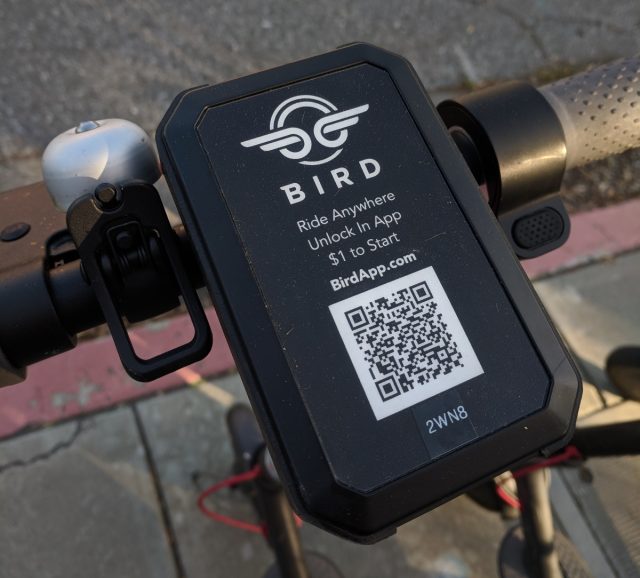
Bird Box Scooter | Image by Wikipedia
As with many disruptive technologies the industry has not yet shown an ability to create a profit from the service and there is an argument for a lack of regulation in certain cities to make it safe. Despite that perception, the industry has continued to expand. Last year we witnessed astonishing expansion throughout the U.S. and internationally. Lime for example, provides rentable electric scooters in 93 cities in the U.S., 29 countries around the world, 17 university campuses in the U.S., and 2 international university campuses. Not only did the industry expand entering new markets throughout the country, but major players started investing in the technology – Ford purchased “Spin” for $100 million, Alphabet’s venture arm, GV, invested $335 million in Lime, and Bird raised $300 million and has continued new funding rounds in 2019 with the most recent at a $2.5 billion valuation. According to Forbes, both Lime and Bird became the fastest ever U.S. companies to reach billion-dollar valuations, each within the first year of operation.
The numbers above speak for themselves – the market segment of last-mile transportation is begging for a solution and this growth and continued investment shows we are on to something. So what does this mean for commercial real estate and how could it affect Jacksonville – a city that has been gaining momentum in downtown through efforts by our city leaders?
Jacksonville is the largest city in the continental U.S. containing more than 840 square miles. Since the 1980s, growth has extended south throughout Duval and St. Johns County resulting in a struggle to form significant density within and surrounding the urban core. Consequentially, our transportation system relies heavily upon personal automobiles, public buses, and ride-hailing services to commute. But Downtown and its surrounding areas have seen a resurgence in the past few years. People are investing in the area because they want it to succeed – the Barnett Bank Building and the Laura Street Trio renovation is almost complete; Cowford Chophouse has proven to be a success; Vystar purchased and plans to add new amenities to the previously 50% occupied Suntrust Building; and redevelopment plans are in the works for Lot J, the Shipyards, the Landing, Berkman Plaza II and many more sites. These are just a few of the indications of where we are trending… upward.
So where do scooters fit into the equation? Regardless of the activity in Downtown, Riverside/Brooklyn, the North and South banks, and other areas, one thing that we lack is parking. Since most of us commute to work, that parking spot we find in the morning is precious and we do not want to risk losing it at lunchtime. Limited to what’s within a short walk, downtown retail and restaurants are few and far between.
Enter last-mile transportation.
Dockless electric scooters or bikes provide a solution to that problem by allowing quick access to areas outside of walking distance. Imagine not having to drive to BurgerFi in Brooklyn and spend half of your lunch break looking for a parking space. Imagine buzzing past traffic on the new pedestrian walkway on the Fuller Warren Bridge to get to work on the North bank. Or imagine you commute from Jax Beach to Downtown via the new JTA Red Line. Instead of walking from one of two drop off points to your destination you can save time from your commute by using an electric scooter (and trade a summer heat-induced sweat for a cool breeze might I add).
While electric scooters especially bring with them their own set of challenges, last-mile transit could be an important piece in the puzzle of tightening the gap between adjacent communities and furthering future development and density in Jacksonville’s urban core. Whether or not the dockless electric scooters will win out as the ultimate solution to last-mile transit is unknown, but at least it’s shown us what is possible – that there are quicker and more accessible transportation alternatives out there that we can use as a tool to build.
For more information on office properties in Jacksonville, contact our Office Specialist team.
About the Author: Patrick Carney, Associate Office Specialist
Patrick Carney joined NAI Hallmark in 2017 as a sales associate specializing in office leasing. Working with both tenants and building owners, Patrick’s main objective is to strengthen each client’s bottom line utilizing skills in market research, lease negotiations, transaction management, and property and tenant-specific marketing initiatives.


